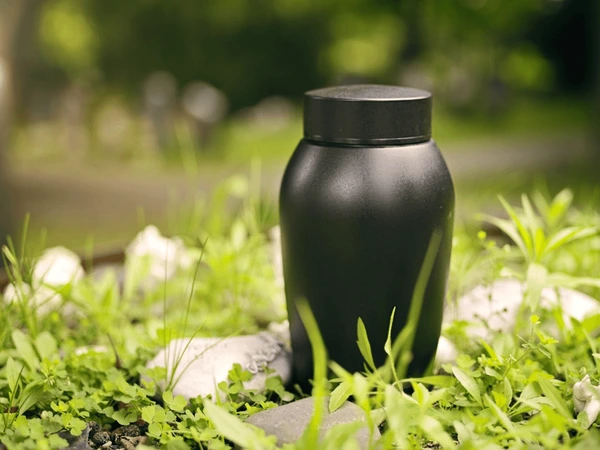When a loved one passes away, one of the biggest decisions families face is how to honor their memory. More people today are choosing direct cremation services Stephens City VA as a simple, affordable option. But a common question arises: Can we still have a memorial or funeral service if we choose direct cremation?
The short answer is: absolutely, yes. Choosing direct cremation does not mean you have to skip honoring your loved one. In fact, it opens the door to a wide range of personalized, meaningful service options that can fit your family’s unique needs, timeline, and budget.
What Is Direct Cremation?
Direct cremation is a straightforward process in which a person’s body is cremated shortly after death, without a formal viewing, embalming, or traditional funeral service beforehand. It is often the most affordable final arrangement, and it gives families more time and flexibility when it comes to planning a service.
This option is chosen for a variety of reasons—some people prefer a simpler end-of-life choice, others want to minimize costs, and some families live far apart and need time to gather. Direct cremation focuses solely on the cremation itself, but that doesn’t mean you can’t hold a meaningful memorial afterward.
Service Options After Direct Cremation
Here are several types of services you can still have if you choose direct cremation:
1. Memorial Service
A memorial service is the most common type of ceremony held after direct cremation. Since the body is not present, the service is typically more flexible and can take place days, weeks, or even months after the death.
Memorial services can be religious or secular, formal or casual. They can be held in funeral homes, places of worship, event centers, community halls, or even at home. Some families include photo displays, videos, music, and readings to reflect the personality of their loved one.
Because there is no rush to plan the event before a burial, families often feel less pressure and more freedom to create a meaningful tribute on their own terms.
2. Celebration of Life
Another popular option is a celebration of life. This is typically more casual and upbeat than a traditional funeral. It focuses on honoring the person’s life, passions, and legacy, rather than mourning their death.
This kind of service might include things like:
- Sharing stories and memories
- Playing the person’s favorite music
- Displaying their artwork, hobbies, or accomplishments
- Serving their favorite foods or drinks
- Gathering in a special place they loved—like a park, garden, or beach
Because there’s no time pressure with direct cremation, celebrations of life can be planned to include more people, such as out-of-town family members who need time to travel.
3. Scattering Ceremony
If you plan to scatter the ashes of your loved one, you can incorporate that into a special ceremony. This can be a deeply personal and symbolic experience.
You might choose to scatter ashes:
- In a meaningful natural setting (like the ocean, mountains, or a family property)
- During a private family gathering
- Alongside a poem, prayer, or moment of silence
You can also combine a scattering ceremony with a memorial or celebration of life, giving people a chance to say goodbye in a meaningful way.
Note: Always check local laws and regulations before scattering ashes in public places.
4. Virtual or Hybrid Services
In today’s world, virtual memorial services are increasingly common, especially when families are spread out across different states or countries. Direct cremation allows families the time to organize online services that loved ones can join via Zoom or other platforms.
You can also create hybrid services, with a small in-person gathering and a livestream for those who can’t attend. This ensures that everyone has the opportunity to participate in honoring your loved one, no matter where they are.
5. Religious or Cultural Ceremonies
If your faith or cultural background includes certain rituals or prayers after death, those can absolutely still be performed following direct cremation. You might work with your spiritual leader to incorporate these traditions into a memorial or celebration.
Some religious communities are also becoming more open to cremation than in the past, making it easier to blend tradition with modern choices.
Final Thoughts: You Still Have Choices
The idea that you can’t have a service with direct cremation is a common misconception. In truth, direct cremation is simply a different starting point. It offers families freedom and flexibility to create a memorial experience that feels right to them.
Whether you want a small, quiet gathering or a large celebration, your options are wide open. And because you’re not under time pressure to organize a service before burial or embalming, you can plan something that is more thoughtful, personal, and inclusive.
Tips for Planning a Service After Direct Cremation
- Take your time: There’s no rush to hold a service. Choose a date that works for everyone.
- Get help: Many funeral homes and cremation providers can still assist in planning or hosting a memorial service.
- Honor their wishes: If your loved one shared ideas for their service, do your best to reflect their personality and values.
- Make it meaningful: Use music, photos, personal stories, and keepsakes to make the service heartfelt and unique.
In the end, the most important thing is honoring your loved one in a way that feels right to you. Direct cremation gives you the opportunity to do that—on your own terms, in your own time.


